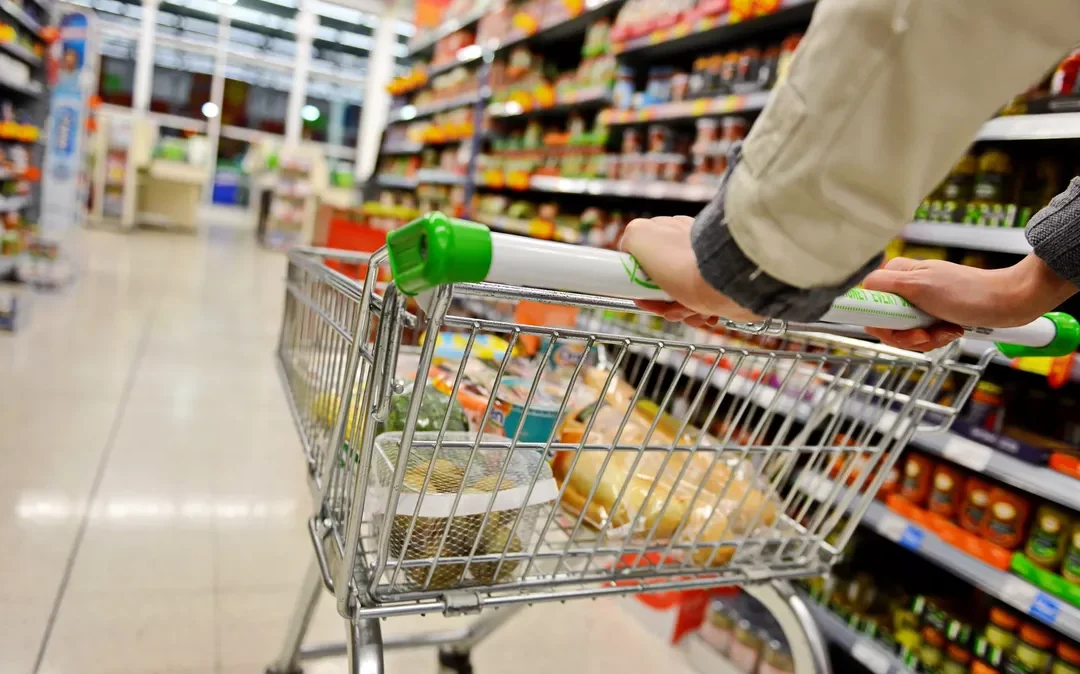The Australian Institute of Health and Welfare has found that Australians of all ages are not eating enough of the five food groups as recommended by the Australian Dietary Guidelines.
The Australian Government’s Healthy Food Partnerships (HFP) key initiative the Partnership Reformulation Program (PRP), has reached the end of its four-year implementation period. The voluntary program aimed to reduce the Australian population’s consumption of sodium, saturated fat, and sugar from processed food products. The program further aimed to reduce weight, and diet-related diseases, and improve the overall health of Australians.
Accredited Practising dietitian and researcher Dr Daisy Coyle believes the program should be mandatory.
“It’s unclear why Australia has adopted a voluntary approach to reformulation,” she said.
“We know there is little evidence to suggest that voluntary targets alone are effective unless they are implemented as part of a broader strategy.”
The program is formed into phases, with the reformulation phase now in its second wave. While the first wave (June 2020 to June 2022), focused on sodium and saturated fat, the second wave commenced on July 1 2021, and focussed on sodium and sugar intake.
Within wave two, sodium data was provided for 249 products across five categories of processed foods.
Almost one in six (15.7 per cent) of products in wave two recorded a decreased sodium content between June 2021 and June 2023.

Breakfast cereals recorded a reduction in sodium of around 21 per cent (twelve products).
The overall proportion of participating products exceeding their respective sodium targets fell from 29 per cent in June 2021 to 27 per cent in June 2023.
By individual food category, sodium targets were exceeded by 42 per cent of popcorn products in 2023 (up from 33 percent in 2021), 31 per cent of ready meals in 2023 (down from 35 per cent in 2021), and 8.8 per cent of breakfast cereals in 2023 (down from 10.5 per cent in 2021).
On average, sodium content has decreased by 4.6 mg per 100 grams (or two per cent) across all participating products.
The program builds on the previous achievements of the Food and Health Dialogue.
The World Health Organisation (WHO) states that about three billion deaths a year are attributed to high sodium intake and claimed a 30 per cent reduction in sodium (2 g/day) by 2025 is needed.
The program has led to a 0.3 mg of sodium per person/per day reduction in the total dietary sodium available for consumption. Over one year, this amounts to 3.3 tonnes of sodium being removed from the food supply.
While fewer products were provided for sugar (199 products), there were a higher amount of categories (nine). The leading category was e ready-to-eat cereals.
Participating products accounted for 11.2 per cent of sugar from all products within in-scope categories. By food category, the greatest coverage levels of sugar from the participating products were flavoured dairy milk alternatives (73 per cent), fruit drinks (30 per cent), and ready-to-eat cereals without dried fruit (17.5 per cent).
Wave two of the PRP has two targets for sugar: a maximum sugar content (g per 100g/100ml), applicable to all in-scope food categories, except for soft drinks and energy drinks. The second is a relative reduction in sugar content for products that exceed a specified threshold sugar content.
Almost a third (32 per cent) of participating products recorded a decrease in sugar content between June 2021 and June 2023. This resulted in a drop in the proportion of applicable products exceeding their relevant maximum sugar content target, from 30 pe rcent of all participating products in June 2021 to 22 per cent in June 2023.
The average sugar content of all participating products decreased by 3.8 per cent (from 13.7 to 13.2 grams per 100g) between June 2021 and June 2023.
The World Health Organisation said sugar should be less then ten per cent of total energy intake, and suggests a further reduction of free sugars to below five per cent of energy intake.
The program witnessed a 1.3 per cent decrease in total sugars between June 2021 and June 2023. This amounts to a decrease of less than 0.1 g/day from the total sugar intake.
While these programs look promising from the data already shared, Dr Coyle said they could be doing more.
“The partnership has taken almost five years to get to this stage,” she said.
“Our research has highlighted that more work is needed to ensure these targets can achieve meaningful reductions in sodium and saturated fat intakes across the nation.”
Dr Coyle said researchers hoped to see further reductions in the next report on Wave 2, expected in June 2025.

